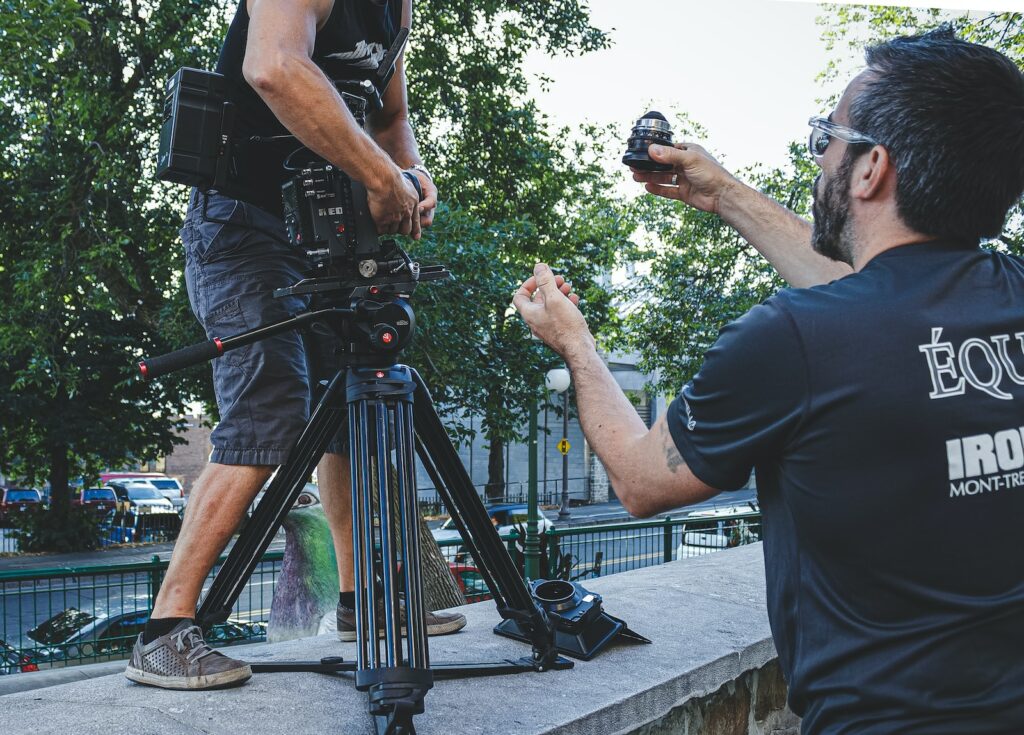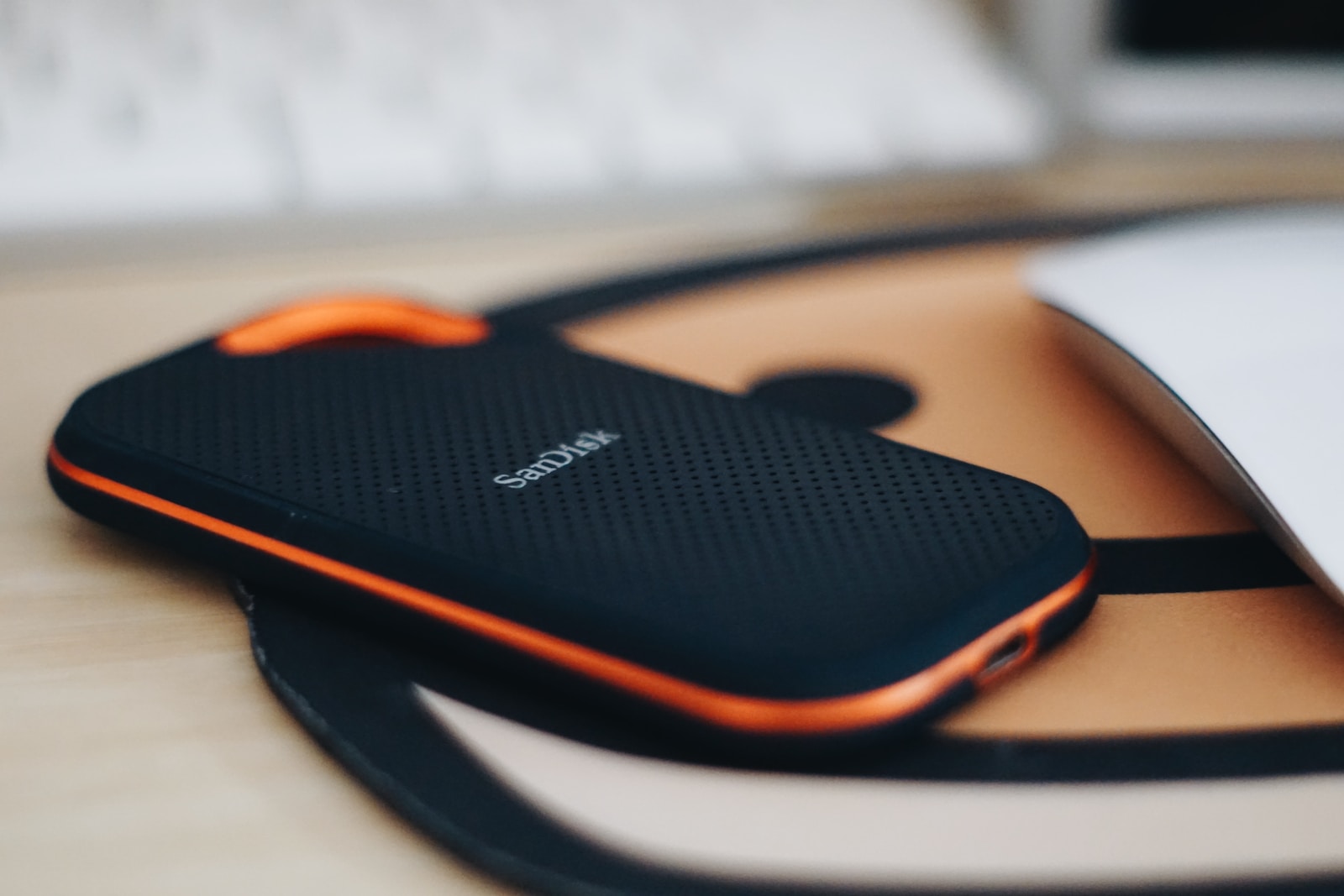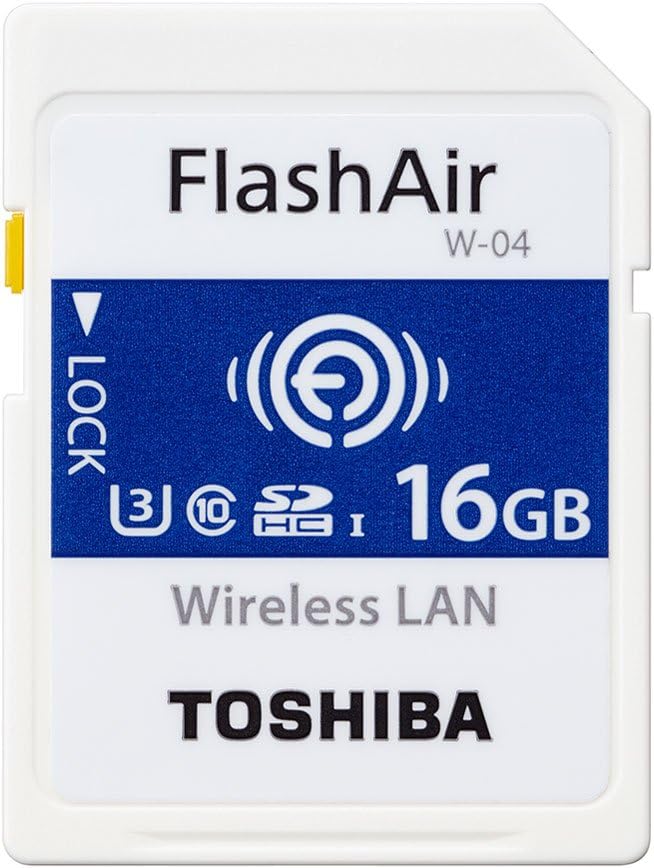Welcome to our blog on Storing Camcorder Footage, where we share recommendations and tips for storing and preserving your cherished camcorder footage. In this digital age, it is more important than ever to safeguard your memories, and we are here to provide you with valuable strategies and insights. Whether you are a seasoned videographer or a casual content creator, our blog will equip you with the knowledge and tools to ensure your footage is stored safely for future enjoyment. So, let’s dive in and discover the best practices to preserve your precious memories!
Table of Contents
- Tips for Storing Camcorder Footage
- Safeguard Your Memories: Tips for Storing Camcorder Footage
- Frequently Asked Questions
- 1. How can I store and preserve my camcorder footage?
- 2. What are some tips for organizing my camcorder footage?
- 3. How can I ensure the longevity of my stored camcorder footage?
- 4. Is it necessary to convert my camcorder footage to a different file format?
- 5. Can I store my camcorder footage directly on my computer’s hard drive?
- 6. How can I protect my camcorder footage from accidental deletion or corruption?
- 7. Are there any specific software or tools that can assist in managing camcorder footage?
- Wrap Up
Tips for Storing Camcorder Footage
1. Choose the Right Storage Device
When it comes to storing your camcorder footage, selecting the right storage device is crucial. Opt for high-quality external hard drives or solid-state drives (SSDs) with ample capacity to accommodate your growing collection. These devices provide fast data transfer rates, ensuring smooth playback and easy access to your footage whenever you want.
2. Back Up Your Footage Regularly
Backing up your footage is a vital step in preserving your memories. Create duplicates of your files and store them in different physical locations to safeguard against data loss due to theft, accidents, or technical failures. Cloud storage services like Dropbox or Google Drive offer convenient and secure backups, guaranteeing that your footage remains safe even if your storage device fails.
3. Organize and Categorize
Keeping your camcorder footage organized and categorized will save you time and frustration when searching for specific clips later on. Create folders for different events, dates, or categories and label them accordingly. Use clear and concise filenames to easily identify the content of each file. Implementing a systematic organization system will make it a breeze to locate your cherished memories whenever the nostalgia strikes.
4. Protect Against Data Corruption
Data corruption is a real threat that can result in the loss of your precious camcorder footage. To minimize this risk, regularly scan your storage devices for errors using software such as Disk Utility (for Mac users) or CHKDSK (for Windows users). Additionally, avoid forcefully removing storage devices while data transfer is in progress to prevent potential file corruption.
5. Avoid Extreme Temperatures and Humidity
Heat, cold, and humidity can all wreak havoc on your storage devices and the data stored within them. Ensure that you store your camcorder footage in a cool, dry, and temperature-controlled environment. Avoid placing your storage devices near heat sources or exposing them to direct sunlight. By controlling the environmental conditions, you enhance the longevity and reliability of your footage.
6. Upgrade Your Storage as Needed
As technology advances, so does the size and quality of camcorder footage. If you find yourself running out of storage space or notice a decline in video quality due to limited storage capacity, consider upgrading to a higher-capacity storage device or investing in cloud-based storage solutions. Embrace the ever-evolving technology to ensure you never miss capturing those cherished memories.
7. Label and Archive for Posterity
Preserving your camcorder footage for future generations is just as important as safeguarding it in the present. Take the time to label your stored footage with relevant information such as dates, locations, and people featured in the videos. Consider creating an archive and sharing important memories with your loved ones. By labeling and archiving, you pass along your cherished memories, forming a lasting legacy for the years to come.
8. Interesting Fact:
Did you know that the average person will take over 50,000 digital photos in their lifetime? Ensure these moments aren't lost by implementing proper storage techniques!
By following these tips, you can ensure that your camcorder footage remains safe, accessible, and well-preserved for years to come. Don’t let your memories fade away; take the necessary steps to safeguard and cherish your precious footage. Remember, investing time and effort into organizing, backing up, and upgrading your storage ensures that your memories will be enjoyed and shared for generations.
Safeguard Your Memories: Tips for Storing Camcorder Footage
A How-To Guide for Preserving Your Cherished Camcorder Footage
Preserving your precious memories captured on your camcorder is essential to ensure they last for generations to come. However, without proper storage and maintenance, your footage could be lost forever. In this guide, we will discuss some tips and techniques to help you safeguard your memories effectively.
Selecting the Right Storage Medium
The first step in preserving your camcorder footage is choosing the right storage medium. There are several options available, including hard drives, memory cards, and cloud storage. Each has its pros and cons, so weigh them carefully before making a decision.
Consider factors such as storage capacity, durability, and accessibility when choosing a storage medium. Hard drives offer large storage capacities, but they tend to be more prone to failure. On the other hand, memory cards are more compact and portable but might have limited storage space. Cloud storage provides convenience, but you may encounter potential security and privacy concerns.
Determine your specific needs and choose the storage medium that best suits your requirements.
Organizing and Cataloging Your Footage
Once you have selected the storage medium, it is important to organize and catalog your footage properly. Create a systematic file and folder structure that allows for easy retrieval and browsing of your videos.
Consider using descriptive file names and assigning appropriate tags or keywords to each video. This will make it easier to locate specific footage when you want to relive those cherished memories. Additionally, consider creating subfolders based on the date, event, or location to further streamline your organization.
Regularly Backing Up Your Footage
The saying “better safe than sorry” holds true for preserving your camcorder footage. It is crucial to regularly back up your videos to ensure they are protected in case of unexpected accidents or hardware failures.
Set a schedule for backing up your footage, whether it’s daily, weekly, or monthly, depending on the volume of content you capture. Create multiple backups and store them in different locations. This way, even if one storage medium fails, you will have additional copies to rely on.
Ensuring Proper Storage Conditions
The conditions in which you store your camcorder footage can significantly impact its longevity. Aim to keep your storage medium in a cool, dry, and dust-free environment. Extreme temperatures and humidity can cause damage to the storage medium and lead to data corruption.
Avoid keeping your footage in direct sunlight or near sources of heat, such as radiators. Additionally, protect your storage medium from physical damage by storing it in a protective case or sleeve when not in use.

Preserving your cherished camcorder footage is a responsibility that should not be taken lightly. By selecting the right storage medium, organizing and cataloging your footage, regularly backing up your videos, and ensuring proper storage conditions, you can safeguard your memories for years to come. Take proactive steps today to ensure your footage remains intact, allowing you to relive those precious moments anytime you want.
Frequently Asked Questions
1. How can I store and preserve my camcorder footage?
There are several ways you can store and preserve your camcorder footage. Firstly, make sure to transfer your footage to a reliable storage device, such as an external hard drive or cloud storage. Additionally, consider making backup copies of your footage to avoid any potential loss. It is also recommended to organize your footage into folders or categories for easier access in the future.
2. What are some tips for organizing my camcorder footage?
To efficiently organize your camcorder footage, create a system of folders or categories based on dates, events, or themes. Adding descriptive filenames can also be helpful. Additionally, consider using video editing software that allows you to add tags or keywords to your footage, making it easier to search and locate specific videos.
3. How can I ensure the longevity of my stored camcorder footage?
To ensure the longevity of your stored camcorder footage, it is essential to periodically check and update your storage devices. Regularly transfer your footage to newer and more reliable storage media as technology evolves. Keep your storage devices in a cool and dry environment to avoid damage from heat or moisture. Finally, consider creating redundant backups to minimize the risk of data loss.
4. Is it necessary to convert my camcorder footage to a different file format?
While it is not always necessary to convert your camcorder footage to a different file format, it can be beneficial for long-term storage and compatibility purposes. Converting your footage to a widely supported format, such as MP4, ensures that you can easily access and play your videos on various devices and software.
5. Can I store my camcorder footage directly on my computer’s hard drive?
Storing your camcorder footage directly on your computer’s hard drive is possible, but it might not be the most efficient solution in the long run. Camcorder footage tends to take up a significant amount of storage space, which can slow down your computer and potentially lead to data loss if the hard drive fails. It is recommended to use external storage devices or cloud storage for better organization and security.
6. How can I protect my camcorder footage from accidental deletion or corruption?
To protect your camcorder footage from accidental deletion or corruption, consider implementing a comprehensive backup strategy. Make multiple copies of your footage and store them on different devices or cloud platforms. Additionally, use write-protect features on your storage media to prevent accidental deletion. Regularly check the integrity of your files and run file recovery software if any issues arise.
7. Are there any specific software or tools that can assist in managing camcorder footage?
Yes, there are various software and tools available that can assist in managing and organizing camcorder footage. Some popular options include Adobe Premiere Pro, Final Cut Pro, and Pinnacle Studio. These software applications offer advanced video editing features, as well as the ability to catalog, tag, and search for specific footage within your library.
Wrap Up
Preserving and safeguarding your precious memories captured on your camcorder is essential to ensure they last a lifetime. By following these simple tips, you can ensure the longevity and quality of your footage:
- Invest in a reliable storage solution for your camcorder footage.
- Organize your files in a systematic and easily accessible manner.
- Back up your footage regularly to multiple locations.
- Consider digitizing your old tapes for better preservation.
- Protect your storage devices from physical damage and keep them in a cool and dry environment.
Take the necessary steps today to safeguard your memories for future generations to enjoy. Do you have any other tips or strategies for storing camcorder footage? Share your thoughts in the comments below and start a conversation!



